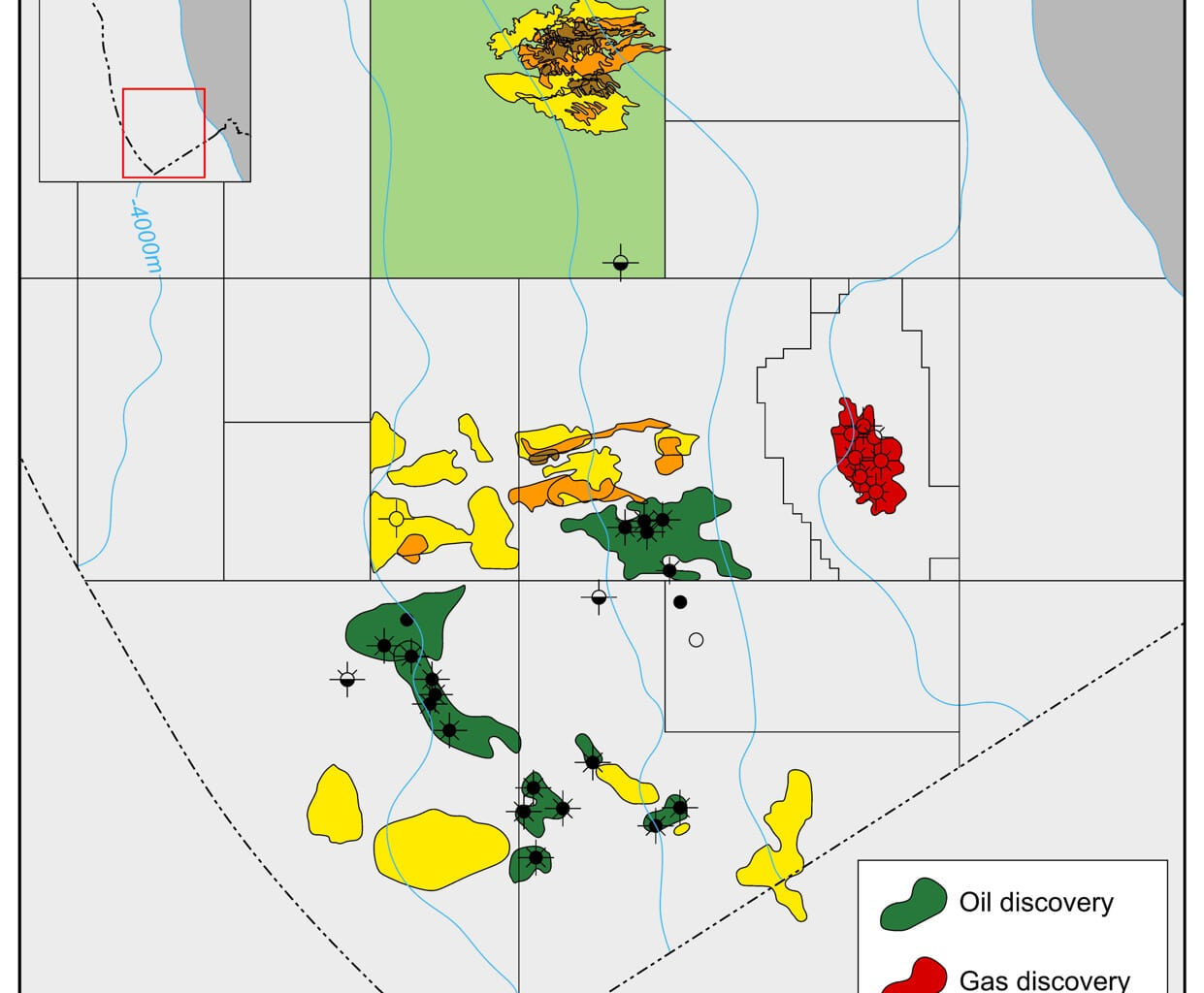Australia-based petroleum exploration player Pancontinental Energy has shed light on the analysis of quantitative interpretation volumes related to the hydrocarbon potential of a petroleum exploration license (PEL) it operates in the Orange Basin, off the coast of Namibia.
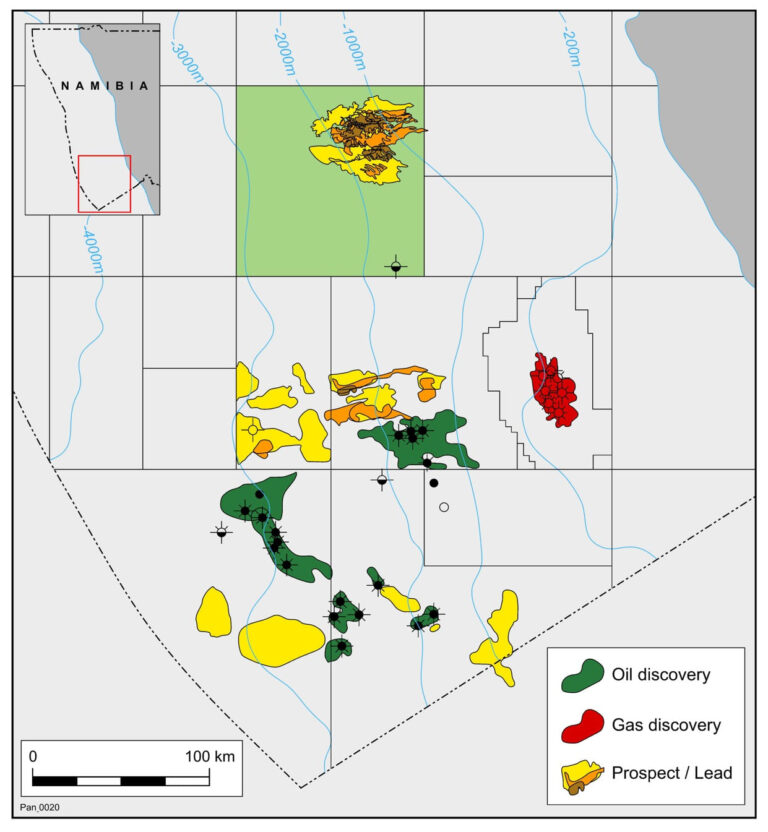 PEL 87 location map; Source: Pancontinental
PEL 87 location map; Source: Pancontinental
Following a technical update of the hydrocarbon prospectivity of the company’s PEL 87 in the Orange Basin, which pointed to the presence of a high net-to-gross reservoir system and the presence of hydrocarbons, the firm has defined two additional prospects through screening of quantitative interpretation products, including the Lambda Rho and Density (Rho) seismic inversion volumes that provide an estimate of rock property attributes from amplitude versus offset (AVO) that is indicative of both porosity/lithology and hydrocarbon fluid content.
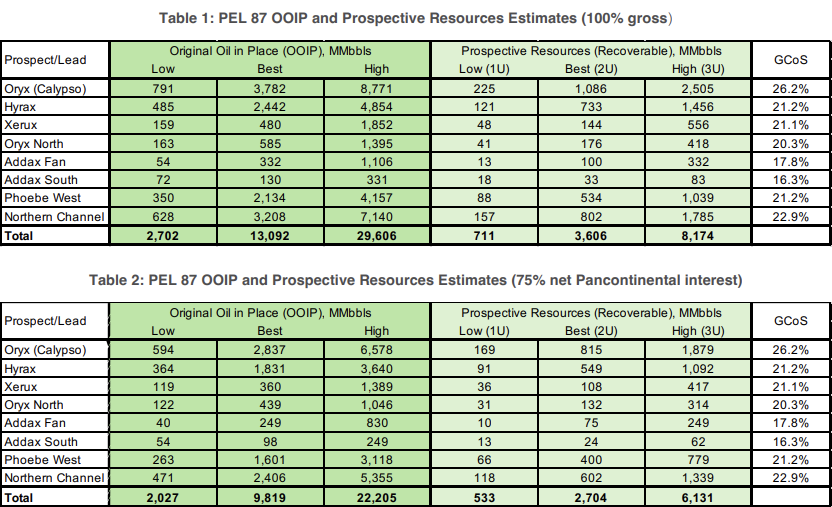 Courtesy of Pancontinental
Courtesy of Pancontinental
Pancontinental claims that the Northern Channel prospect, located at the northern limit of the PEL 87 3D seismic survey area, has three stacked channelised turbidite reservoir sequences that have been mapped, supported by sequence stratigraphy and quantitative interpretation studies.
The upper and middle channel-confined turbidite sequences are interpreted to consist of high net-to-gross coarse sands that are analogous in age to those mapped at the Oryx prospect and exhibit strong Type III (upper) and Type II (middle) AVO anomalies.
While the Mid Aptian Unconformity forms the base of the prospective clastic reservoirs identified within the North Channel, whose southern flank sits within PEL 87. This is perceived to be underpinned by a broad structural high, providing a focus for hydrocarbons migrating from the ubiquitous mature Kudu source kitchen to the east.
The slope channel play is said to be well proven by multiple hydrocarbon discoveries found in comparable settings along the West African Atlantic margin.
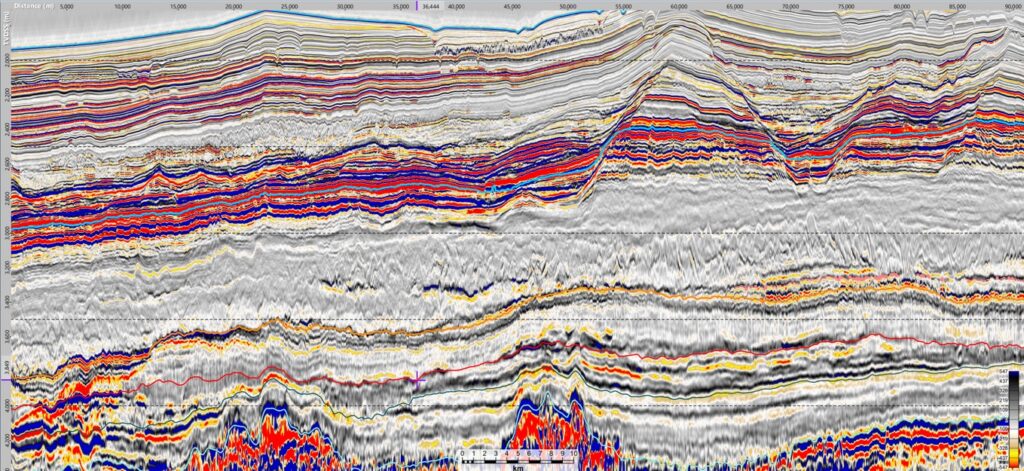 Composite 3D seismic line A-A’ (Ultrafar offsets) showing PEL 87 prospects/leads and associated AVO anomalies; Source: Pancontinental
Composite 3D seismic line A-A’ (Ultrafar offsets) showing PEL 87 prospects/leads and associated AVO anomalies; Source: Pancontinental
Based on Pancontinental’s data, the Phoebe West prospect sits directly upon the Kudu source rock sequence, and the reservoir target is interpreted to be part of the lower Albian basin floor turbidite sequence that is identifiable across PEL 87, with the fan sand sequence draping over the outer rift margin and localized volcanic extrusive highs.
The company elaborates that Phoebe West exhibits Type III/II AVO anomalies that represent the largest connected sand body mapped outside the Saturn Complex, with deposition thought to have been contemporaneous with early mass transport deposits that have scoured into the Kudu shale sequence within the immediate fairway.
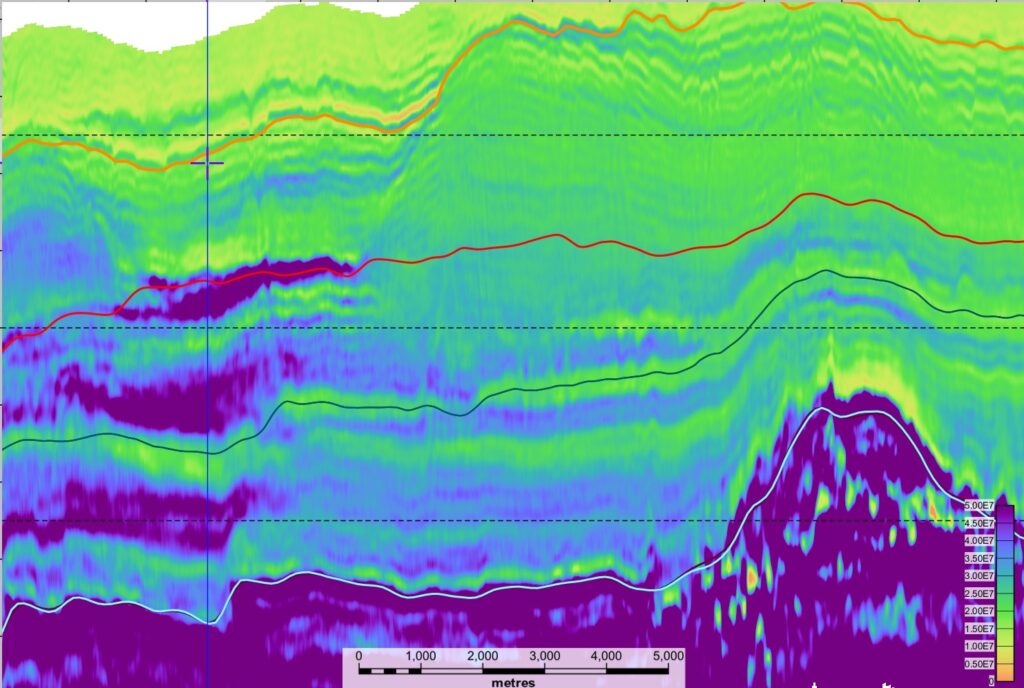 Example 3D seismic inversion line B-B” showing Northern Channel and Phoebe West Lambda Rho anomalies; Courtesy of Pancontinental
Example 3D seismic inversion line B-B” showing Northern Channel and Phoebe West Lambda Rho anomalies; Courtesy of Pancontinental
As the PEL 87 farm-out process remains in progress, the firm continues to engage with various groups and provides additional technical information when new data becomes available. As exploration matures, the company believes that recovery factor estimates have the potential to increase, typically ranging from 30% to 45% in similar offshore oil fields.
While the quantitative interpretation volumes analysis estimates Phoebe West’s prospective resources as best case (2U) 400 million barrels of oil (MMbbls) and high case (3U) 779 MMbbls, Northern Channel’s prospective resources are calculated as best case (2U) 602 MMbbls and high case (3U) 1,339 MMbbls (net to PCL).
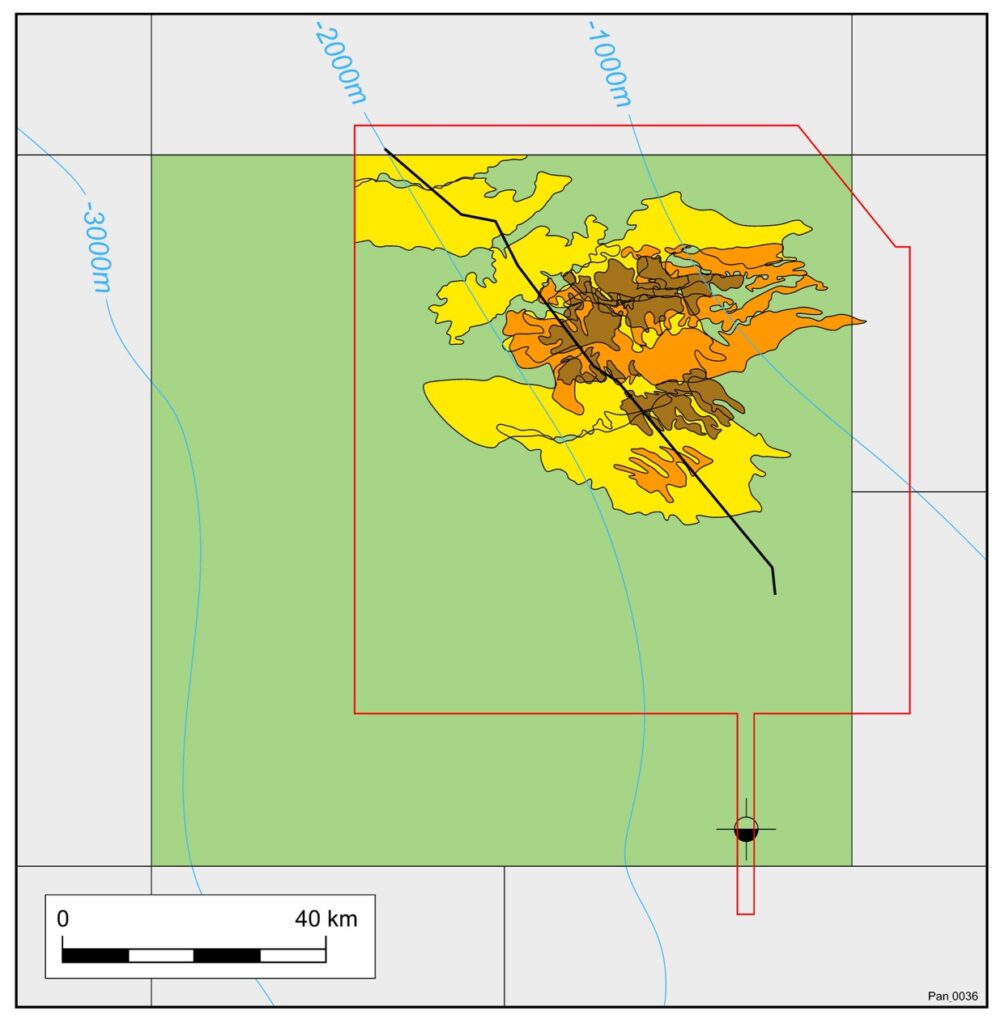 PEL 87 map; Source: Pancontinental
PEL 87 map; Source: Pancontinental
In light of this, the total PEL 87 high case prospective resources are now estimated at 6.1 billion barrels of oil.

Power Your Brand With Offshore Energy ⤵️
Take the spotlight and anchor your brand in the heart of the offshore world!
Join us for a bigger impact and amplify your presence in the heart of the offshore energy community!

